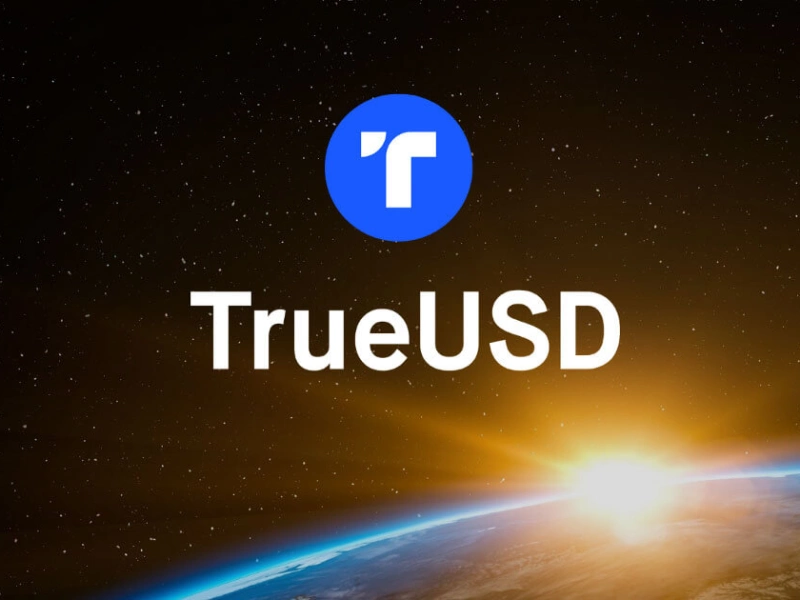Cryptocurrency traders made money on shorting TUSD stablecoin
Cryptocurrency traders earned 20% on TrueUSD (TUSD) stablecoin as its rate surged abnormally
The abnormal demand for stablecoin supported by the largest cryptocurrency exchange Binance led to the growth of its rate above $1 and opened non-standard opportunities for earnings
High demand for TrueUSD (TUSD) stablecoin led to its rate exceeding $1 by 20% at the moment. This was used by cryptocurrency traders, who played the "stablecoin" down, expecting its imminent return to parity with the dollar. Massive borrowing of TUSD in decentralized credit services led to a high rise in their interest rates.
TUSD's share among the most capitalized stack coins is growing rapidly, thanks in large part to the support of the largest cryptocurrency exchange, Binance. The coin is ranked 29th by CoinMarketCap among all existing crypto-assets. Its market capitalization rose to $2.4 billion this week, though it was still at $755 million at the end of 2022.
Stablecoin was relatively unpopular until Binance eliminated trading commissions in the BTC/TUSD pair. From May 1 to May 2, abnormal demand for Stablecoin led to its decoupling from the dollar exchange rate (aka depreciation). But while decoupling from the dollar for stablecoins usually implies a drop in the exchange rate, as was the case in March with USDC during the Silicon Valley Bank crash, TUSD, by contrast, traded at a premium at the moment, hitting a high of $1.20.
"The BTC/TUSD pair on Binance is now one of the largest trading pairs by volume in the entire industry. TUSD's liquidity has not kept pace with its volumes, making such a deeper more likely," Kaiko analysts explained in a May 3 newsletter.
The newsletter's authors described how traders have used the decentralized credit protocols Aave and Compound to borrow large amounts in TUSD and quickly exchanged them for USDC, another staple tied to the U.S. dollar.
Aave and Compound are decentralized lending and borrowing protocols running on the Ethereum blockchain. Users of both can lend or borrow crypto assets without intermediaries, using both stable and variable interest rates.
"The most common strategy has been to borrow TUSD and then exchange it for USDC, effectively 'shorting' TUSD from its elevated price," Kaiko analysts added. - However, neither Aave nor Compound had that much TUSD volume, which caused borrowing rates to rise quickly, exceeding 100% APR in both protocols."
Speculation in the loan protocols is not the only reason for the increased demand for TUSD stablecoin. Binance placed the sought-after SUI token on its Launchpool platform, giving users the ability to stack BNB coins or TUSD stablecoins, generating revenue in the form of SUI tokens. Amid strong excitement, investors placed $4 billion worth of assets on the platform, $770 million of which came from TUSD.
Binance in February abandoned the issue of its own stablecoin Binance USD (BUSD), which it offered with its issuer - the U.S. company Paxos, faced with the onslaught of regulators. At the same time, Paxos said it would stop issuing new BUSD tokens at the direction of the New York State Department of Financial Services (NYDFS).






